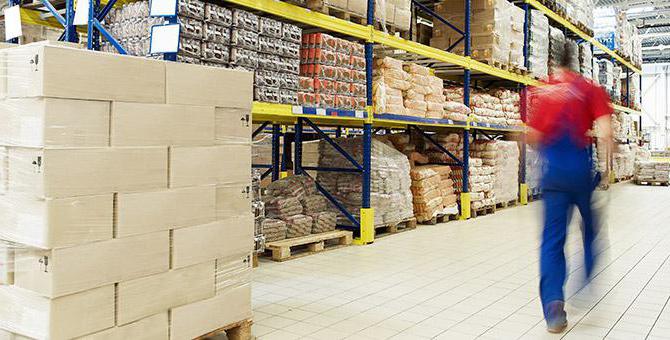Retail price
The price is the amount of money that the buyer must transfer to the seller for the purchase of a unit of goods.
All production costs are included in the pricegoods (raw materials, auxiliary materials, fuel, wages to participants in production, expenses for operation and maintenance of equipment, profits of enterprises, taxes, etc.). Depending on the stage of the movement of goods, prices for them are divided into procurement (for state purchases of agricultural products by the state), wholesale (for other goods sold in large quantities) and retail.
Retail price is the price that retail buyers have to pay for the product. Such prices are set for goods sold in small quantities for personal consumption.
This price includes, in addition to the wholesale value, also trade allowances, the value of which becomes known at the time of goods receipt for sale.
There are two types of retail prices: state and market prices. The first type of prices is set on schedule (were typical for command economies). In the second - they are formed under the influence of such factors as supply and demand freely, depending on the conditions existing in the market. It should be borne in mind that planned state prices can also influence market prices.
The state retail price is applied fordetermination of the value of goods sold in state or cooperative trade. With such pricing, the costs of production and circulation are taken into account, as well as net income that determines the need for expanded reproduction. When forming state prices for manufactured goods, the main elements are the prices of manufacturing companies, sales taxes, and discounts (trade and wholesale).
Retail price of agricultural productsformed somewhat differently. In this case, its main elements are purchasing prices, margins produced by the procurement organization, mark-ups of trade organizations and trade discounts.
Retailers receive goods fromwholesale bases at wholesale prices. As you move from the warehouse to the trading organization, the wholesale margin added to the manufacturer's price comes to the disposal of wholesale bases to cover their costs for storage, delivery and sale of goods.
In fact, the retail price is the most complete,since it includes all costs and planned accumulations of economic links that are engaged in the production and sale of products. When establishing retail prices, costs associated with the promotion of the goods from the manufacturer to the seller are taken into account, taking into account each intermediate link. That is, the retail price includes all the operating costs of the product manufacturer, its distributors and the retailers themselves.
The calculation of retail prices is made by multiplyingcost of expenses (for the purchase of goods) for a fixed percentage of the premium. For example, if the goods are purchased at a wholesale price of $ 80, then at a retail markup of 20%, its retail price will be $ 96.
Often manufacturers of high-quality products with extensive sales markets themselves establish control over the formation of retail prices for their products.
Today, retail prices are calculated with the help of computers under special programs that are able to take into account all categories of trade mark-ups that "overlap" the original value of the goods.
Accounting in retail requires a strictfixation of all operations (with their documentary confirmation) associated with the formation of retail prices. The unified form "Register of retail prices" is not available today - there is only recommended for use in retail sales (the form is contained in the letter of Ministry of Economics N 7-10260 of December 20, 1995). However, most accountants are of the opinion that its application no longer meets modern requirements. Therefore, each organization should develop the form of the register independently, taking into account the characteristics of its own activities.
</ p>



